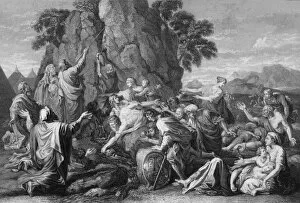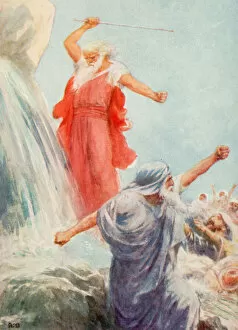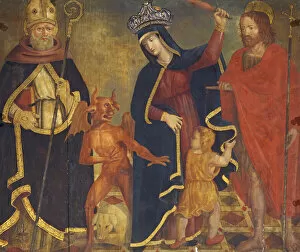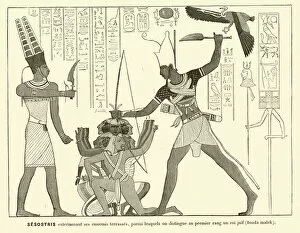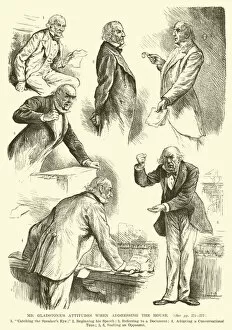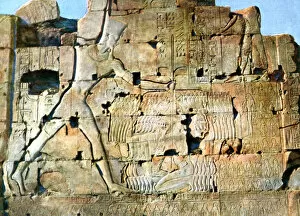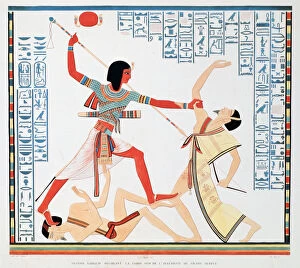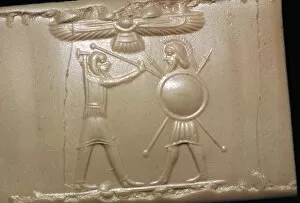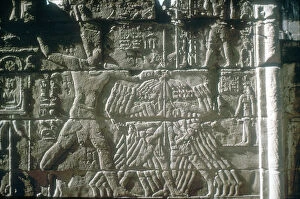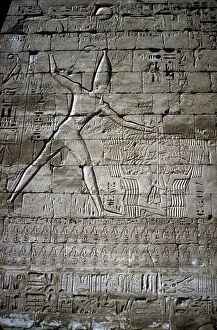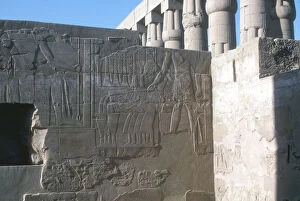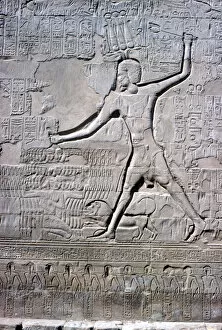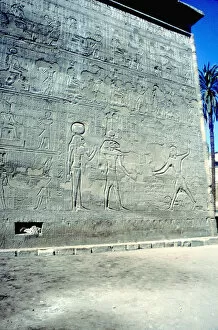Smiting Collection
"Smiting: A Powerful Act of Divine Intervention and Human Strength" Throughout history, the act has been depicted in various forms
For sale as Licensed Images
Choose your image, Select your licence and Download the media
"Smiting: A Powerful Act of Divine Intervention and Human Strength" Throughout history, the act has been depicted in various forms, capturing both moments of triumph and divine intervention. From Moses smoting the rock twice to release an abundance of water in 1840, to the intricate details portrayed on a Devimahatmya manuscript cover, this powerful gesture holds great significance. In one image, we witness Moses standing before a rock as he strikes it with his staff. The result is a miraculous outpouring of water that quenches the thirst of many. This act symbolizes not only Moses' leadership but also God's ability to provide for His people even in times of scarcity. Another depiction showcases Sesostris, Pharaoh of Ancient Egypt, fiercely smiting his enemies. With determination etched on his face and wielding his weapon with might, he demonstrates strength and power over those who oppose him. This engraving serves as a reminder that sometimes force must be used to protect oneself or achieve justice. The theme continues with Satan Smiting Job with Boils by William Blake. In this haunting artwork from 1825, we see Job suffering under Satan's relentless attacks. It portrays the darker side - when harm is inflicted upon innocent individuals as part of a greater plan or test. On a more uplifting note, The Madonna of Relief with Saints depicts Mary surrounded by saints who have overcome their own trials through faith and perseverance. As she extends her hand towards them in relief and compassion, it reminds us that even amidst adversity, there is hope for redemption and solace. Moses Striking the Rock by Abraham Bloemaert transports us back to biblical times once again. Through delicate brushstrokes and vivid colors on panel canvas, we witness Moses' unwavering resolve as he fulfills God's commandment despite personal doubts or obstacles along the way. Lastly, Mr.

